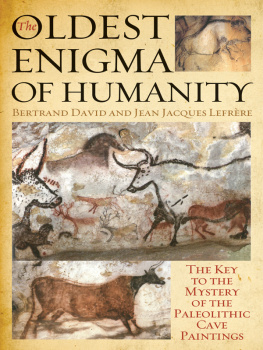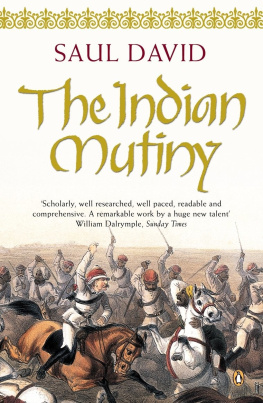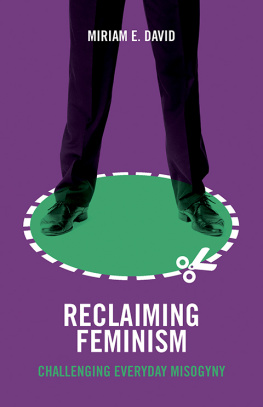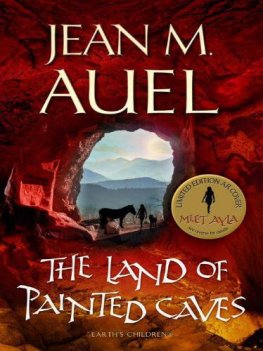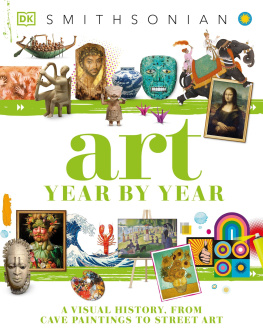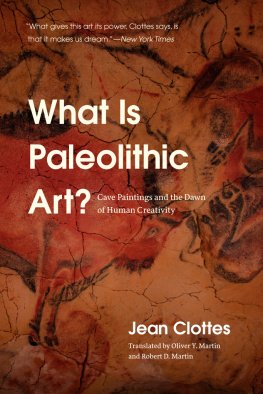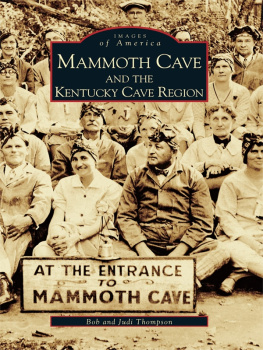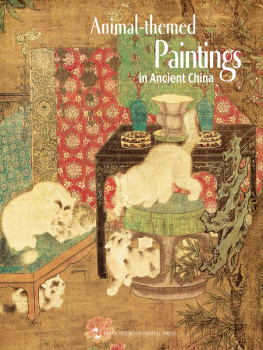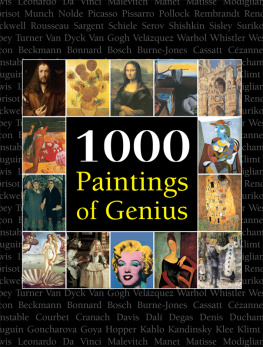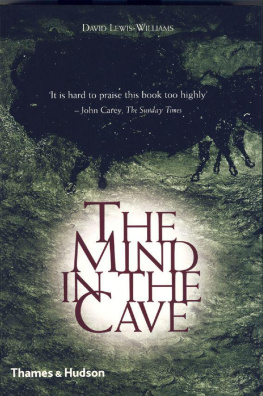Copyright 2013 by Librarie Artheme Fayard
Documents in text copyright Bertrand David
Translation copyright 2014 by Skyhorse Publishing, Inc.
All Rights Reserved. No part of this book may be reproduced in any manner without the express written consent of the publisher, except in the case of brief excerpts in critical reviews or articles. All inquiries should be addressed to Arcade Publishing, 307 West 36th Street, 11th Floor, New York, NY 10018.
Arcade Publishing books may be purchased in bulk at special discounts for sales promotion, corporate gifts, fund-raising, or educational purposes. Special editions can also be created to specifications. For details, contact the Special Sales Department, Arcade Publishing, 307 West 36th Street, 11th Floor, New York, NY 10018 or .
Arcade Publishing is a registered trademark of Skyhorse Publishing, Inc., a Delaware corporation.
Visit our website at www.arcadepub.com.
10 9 8 7 6 5 4 3 2 1
Library of Congress Cataloging-in-Publication Data is available on file.
ISBN: 978-1-62872-321-2
Printed in the United States of America
I
Drawing has always been a passion of mine. When I was six or seven years old, I spent all my free time inventing elaborate stories that I illustrated carefully with colored markers. I took my cues for these from the adventures of Lucky Luke, an unlikely cowboy hero in a checkered shirt forever pursuing evildoers intent on harming a tribe of Indians. My family was greatly amused by my first sketches. Although I wasnt particularly talented, their enthusiasm, forced as it was, spurred me on. Evenings and vacations, right up to adolescence, I could always be found with my No. 2 pencils, my erasers, and my colored pens. Eventually, like many an aspiring illustrator, I had to acknowledge, with no little disappointment, that an inseparable gulf yawned between my efforts and the talent of the famed comic strip authors I so admired. Nevertheless, fortune did smile on me once, when I had the opportunity to meet one of the greatest of these, Andr Chret, who responded patiently to my questions during an interview I recorded. This was in 1975, and his character, Rahan, known as the son of a savage era, was the hero of boys my age. The illustrations were realistic, executed with great flourish, and the stories told of the most thrilling adventures of this Cro-Magnon man, who was also a stunning example of the finest moral and physical qualities and who never surrendered to his adversaries, neither the hostile environment nor the hordes of disgracefully organized tribes, which were often under the sway of sorcerers with the most obscurantist ideas. They always lost. Sometimes, by some magical time-bending, Rahan crossed paths with a Jurassic dinosaur; evidently, the scenarios author, Roger Lcureux was not averse to taking liberties with prehistoric history. This detracted nothing from Rahans appeal for his audience, who also came to appreciate through his exploits something of the harshness of life for the first generations of humanity.
In all honesty, however, my interview left me with a lingering despair, as it brought me face to face with the virtuosity of which only exceptional illustrators are capable; with just a few, quick strokes of India ink from his sable brush, he could bring to life an impeccably proportioned, perfectly muscled Rahan, who acknowledged our awed gaze with a short wave of his hand from across the freshly killed tiger at his feet. Chret modestly assured me that his mastery was no accident: he himself had toiled daily at his drawing for twenty years and I should go back to the basicseverything could be learned with time and patience. Emboldened by this frank lesson, I continued to draw for years. All the same, one day, my admiration for comic strip illustrators was stopped short by a totally new idea: the real geniuses of drawing filled the pages of any art history encyclopedia. And so it was, with the discovery of the drawings of Delacroix, thanks to a gift I received on my fifteenth birthday, that a new passion began for me. The sensitivity, the evocative power of his sketches, confirmed for me what I had already suspected: there are as many ways of drawing as there are illustratorseven for those who render their subjects realisticallyand that any sketch with an ounce of imagination always reflects the personality of its artist.
Big, fat volumes on art history soon replaced the comic books on my shelves, and I put together a little painting museum of my own invention by cutting out all the art photos I could find in magazines. This was long before Google Images, and it may be hard today to fathom the joy I felt discovering a Rembrandt I had never before seen in a Catholic magazine I had swiped from my aunt. I gravitated towards monographs that spanned the entire career of a single artist, including his earliest works. I probably wanted to convince myself that even the greatest talents had to struggle for years at their craft, making gradual progress before coming fully into possession of their art. I remember two youthful self-portraits in particular: onemostly unsuccessfulpainted by Gricault moved me, while the the perfection of another, done by Ingrs when he was only twenty years old, left me stupefied (I learned later that he had entirely reworked the portrait when he was in his seventies). I moved on to the biographies of famous artists, which I read one after the other, only to learn yet again that, with the notable exception of Picasso and Drer perhaps, the rest had sweated at their drawing tables for many long years before developing both mastery and style. I read, too, that, during the Italian Renaissance, a student was required to sketch for seven years before ever picking up a paintbrush, never abandoning his study of drawing for even a Sunday or a holiday. Aspiring painters sometimes became apprentices at the age of twelve: plenty of time to become a recognized master at the age of twenty, as Raphal did.
My reading led me to yet more books, so that I became familiar with a large swath of Western painting and its history. As much as I was amazed by the great leap forward made in the sixteenth century, with the discovery of perspective, I was frustrated by the dearth of surviving paintings from Antiquity, whose artists, if Pliny the Elder is to be believed, were more famous than even athletes and generals. There was only one chapter in my weighty Art History in Two Volumes , published by the Encyclopedia Quillet, that did not enchant me, and this was the chapter on prehistoric cave paintings. Most explanations that accompanied the requisite photographs of the bulls at Lascaux dwelled on their beauty and elegance, but said little more. Somehow, subconsciously, these images bothered me; despite their artistry and fame, they seemed to me somehow cold and unreal, as if a fog separated them from me, or as if I couldnt see them as they were meant to be seen. Only recently did I begin to understand why.
II
I have now been drawing and painting for more than thirty years. Following studies at the Ecole des Beaux-Arts in Rennes and ten more years as a graphic artist, I work semi-professionally as a painter and illustrator. Many of my leisure hours have been devoted to studying the history of painting and drawing. I also draw somewhat fantastical comic strips on subjects having to do with archeology, so I spend much time researching a variety of subjects. While searching for new ideas for these stories, I came back to the prehistoric paintings in the caves at Lascaux and Altamira, still as mysterious on one side of the Franco-Spanish border as they are on the other. One possible response, which I had never taken the time to investigate, had come to me several years earlier while I was tucking my son into bed. This was in 2004, and my future heir was eight years old. I was about to kiss him goodnight, and we were confiding a few last words to each other before turning off the light. I happened to glance around at the mess in his room and I looked for a moment at the opposite wall. A far-fetched idea crossed my mind: what if that was the solution? Impossible, I thought. Too simple. I turned off the light and didnt think of it again.

